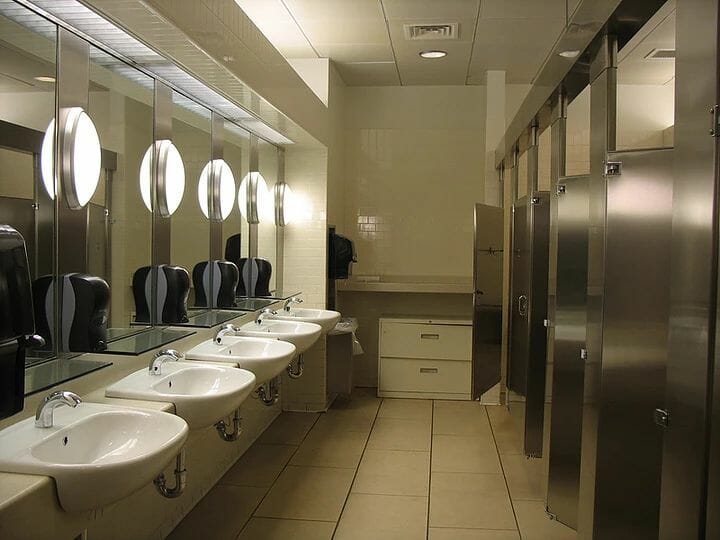Introduction
According to Mark Roemer Oakland, designing a public restroom is a complicated process since there are certain criteria and guidelines that you have to follow for the safety of the general public. Plus, design variations can result in time delays and exceed the cost of the budget which can become detrimental for the entire project.
The Considerations
Here are a few important things to consider when designing public restrooms:
- The ventilation – It is crucial for public restrooms to have adequate ventilation, whether it be natural or mechanical. Just think of the numerous times when you hated being inside a public restroom and wished it was properly ventilated.
Proper ventilation not only helps to reduce unwanted odor but also eliminates the risk of airborne germs and the spread of diseases due to low levels of hygiene.
- The materials – The materials chosen for building a public restroom can have a significant impact on the maintenance it requires and the cost of maintenance as well. For instance, it is better to choose materials with flat internal cladding instead of corrugated cladding due to the smaller surface area. Smaller surface areas translate to less area that requires cleaning.
Composites, polymers, and metals are popular choices since they repel dirt and bacteria. Avoid using tiles since they become a dirt magnet.
- Seat sanitization – Many people avoid using public restrooms simply because they don’t want to use a public toilet seat. Their worries are not unwarranted though since every square inch of a toilet seat can contain at least 50 bacteria.
That’s why it is a good idea to install seat sanitizer dispensers or wipes which users can use to wipe the toilet seat prior to use. This helps to maintain proper hygiene by eliminating the transfer of bacteria and also provides the users peace of mind.
- Hand washing – Many people are concerned about the hygiene inside public restrooms and one way to alleviate their worries is to place the handwashing facility outside the toilet. Traditionally, handwashing facilities are built inside the toilet which is not a good design since users have to touch doors or other surfaces to exit the toilet after washing their hands.
This runs the risk of transferring germs from the surfaces to their hands. However, placing the handwashing stations outside eliminates this problem.
- Doors – Automatic doors in public restrooms have become quite popular since they offer better hygiene standards by minimizing the risk of germ transfer due to touching the door surface. However, the effectiveness of these automations is limited since the users still have to press a button to open the doors.
An alternate solution is to install outward opening doors that come equipped with stainless-steel kick plates. This would allow the users to exit the toilet with minimal touch.
Conclusion
Mark Roemer Oakland suggests you consider all the factors mentioned above when designing public restrooms. Also ensure that you utilize high-quality materials to make it easy to maintain and clean.















